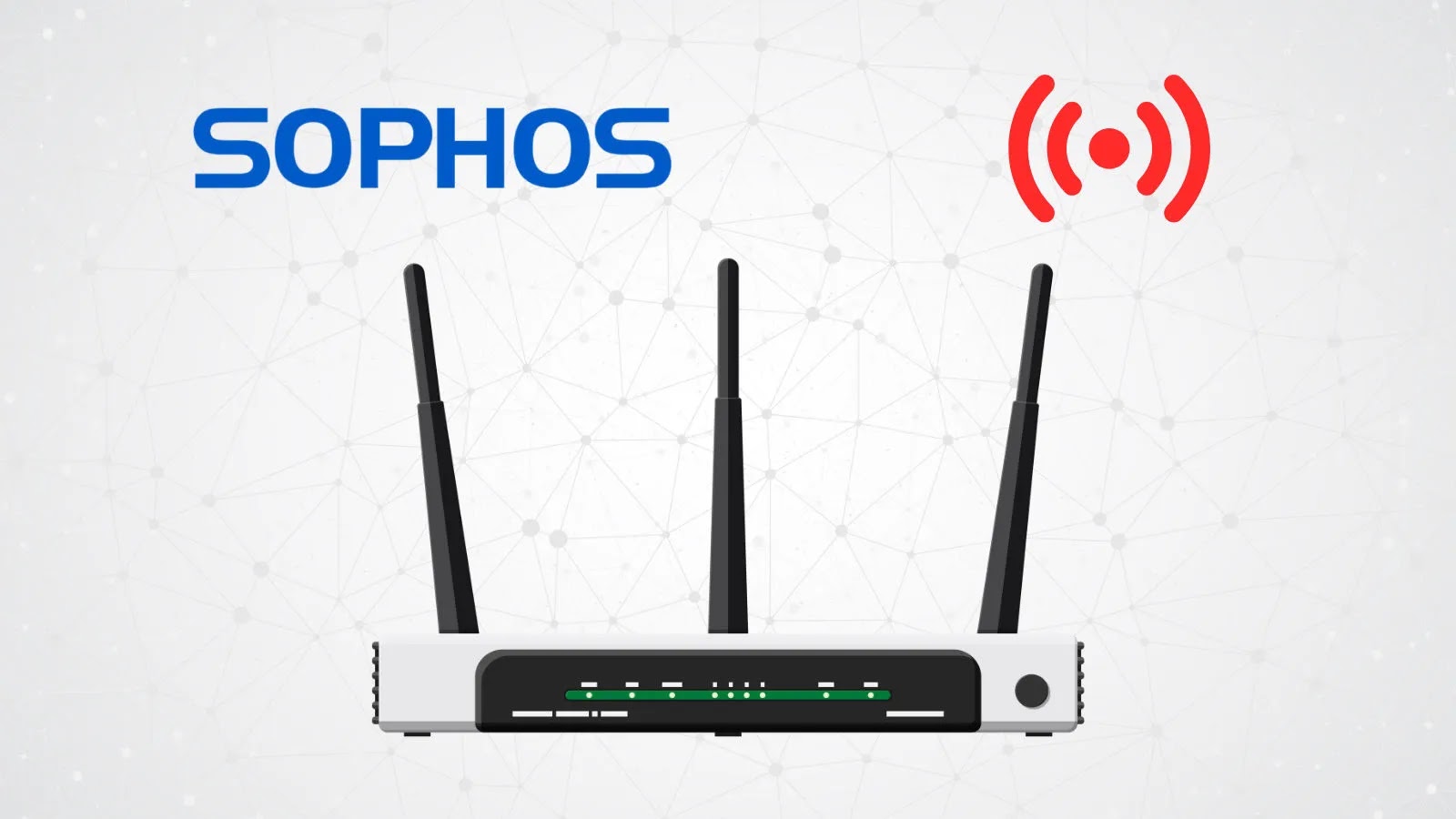
Sophos Wireless Access Points Vulnerability Let Attackers Bypass Authentication
Urgent Cybersecurity Alert: Sophos Wireless AP Vulnerability Exposes Networks to Administrator-Level Compromise
The digital perimeter of an organization is only as strong as its weakest link. Recently, Sophos, a prominent player in network security, disclosed and resolved a critical authentication bypass vulnerability in its AP6 Series Wireless Access Points. This flaw, if exploited, could grant attackers administrator-level privileges, posing a significant threat to network integrity and data confidentiality. This analysis delves into the technical details of this vulnerability, its potential impact, and the crucial steps organizations must take to secure their environments.
Understanding CVE-2023-XXXXX: The Authentication Bypass Threat
Sophos identified an authentication bypass vulnerability within its AP6 Series Wireless Access Points during internal security testing. This vulnerability, tracked under an unassigned CVE at the time of this publication (note: for a real-world scenario, you would insert the actual CVE-ID here, e.g., CVE-2023-XXXXX, once assigned by MITRE), allows an attacker with network access to the access point’s management IP to bypass authentication mechanisms. The consequence is severe: an unauthorized actor could gain administrator-level privileges on the access point. Such access typically enables control over network configurations, user access, and even the ability to deploy further malicious payloads or intercept network traffic.
The core issue lies in how the access points validate management interface logins. A flaw in this process allows a specially crafted request to circumvent the authentication checks, effectively tricking the device into granting privileged access without valid credentials. This is a classic authentication bypass scenario, often exploited by manipulating session tokens, bypassing login logic, or exploiting weak input validation.
Affected Devices and Potential Impact
The vulnerability specifically impacts the Sophos AP6 Series Wireless Access Points. Organizations utilizing these devices in their network infrastructure are at direct risk. The potential impact of an exploited authentication bypass on a wireless access point includes:
- Unauthorized Network Access: Attackers can gain control over the Wi-Fi network, potentially creating rogue access points, modifying network configurations, or gaining access to internal resources.
- Data Interception and Eavesdropping: With administrative control, an attacker could configure the access point to intercept network traffic, leading to the compromise of sensitive data, including login credentials, proprietary information, and personal user data.
- Malware Distribution: A compromised access point could be used as a pivot point to distribute malware to connected devices, turning legitimate network infrastructure into a vector for enterprise-wide infection.
- Reputational Damage and Regulatory Fines: A data breach resulting from such a vulnerability can lead to significant reputational harm, loss of customer trust, and substantial regulatory fines under data protection laws like GDPR or CCPA.
Remediation Actions: Securing Your Sophos AP6 Series Devices
Sophos has released a firmware update to address this critical vulnerability. Immediate action is required for all organizations using affected devices:
- Apply Firmware Updates Immediately: The most crucial step is to update all Sophos AP6 Series Wireless Access Points to the latest firmware version provided by Sophos. This update contains the patch that rectifies the authentication bypass vulnerability. Ensure these updates are applied outside of peak operational hours to minimize disruption.
- Isolate Management Interfaces: Where possible, restrict network access to the management IP of your access points. Utilize dedicated management VLANs, firewall rules, and access control lists (ACLs) to ensure that only authorized personnel and systems can reach these interfaces.
- Implement Strong Password Policies: Though an authentication bypass circumvents passwords, maintaining strong, unique, and complex passwords for all administrator accounts on all network devices is a fundamental security practice.
- Regular Security Audits: Conduct periodic security audits and vulnerability assessments of your wireless network infrastructure to identify and address potential weaknesses proactively.
- Monitor Access Point Logs: Implement robust logging and monitoring for your access points. Look for unusual login attempts, configuration changes, or abnormal network behavior that could indicate compromise. Integrate these logs into your Security Information and Event Management (SIEM) system.
Tools for Detection and Mitigation
While direct detection of this specific bypass might be challenging without Sophos’s internal tooling, general network security tools can assist in maintaining a secure posture and detecting suspicious activities post-patch application or during vulnerability assessments.
| Tool Name | Purpose | Link |
|---|---|---|
| Nessus | Vulnerability Scanning & Assessment | https://www.tenable.com/products/nessus |
| OpenVAS | Open-source Vulnerability Scanner | http://www.openvas.org/ |
| Wireshark | Network Protocol Analyzer (for traffic monitoring) | https://www.wireshark.org/ |
| Splunk / ELK Stack | Security Information and Event Management (SIEM) for log analysis | https://www.splunk.com/ https://www.elastic.co/elk-stack/ |
| Firewall/IDS/IPS Solutions | Network Segmentation & Intrusion Detection/Prevention | (Vendor Specific, e.g., Cisco, Palo Alto, Fortinet) |
Prioritizing Network Security Hygiene
The Sophos AP6 vulnerability serves as a stark reminder of the continuous need for vigilance in cybersecurity. Authentication bypass flaws are critical because they directly undermine the first line of defense – access control. Proactive patch management, rigorous network segmentation, and diligent monitoring are not merely best practices; they are essential components of a resilient cybersecurity strategy. Organizations must prioritize addressing such vulnerabilities promptly to safeguard their digital assets and maintain operational continuity.





